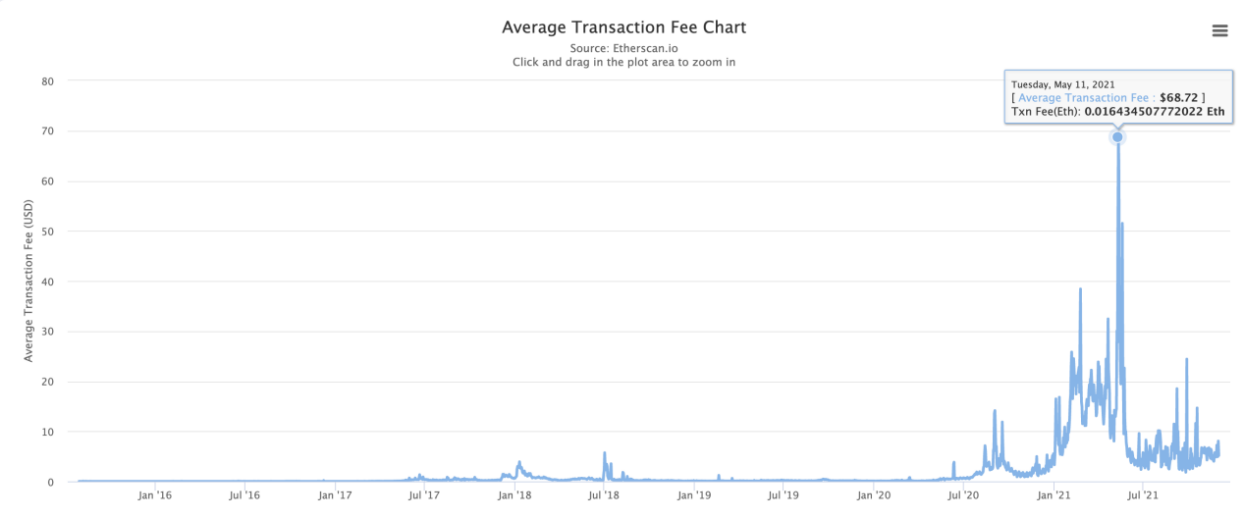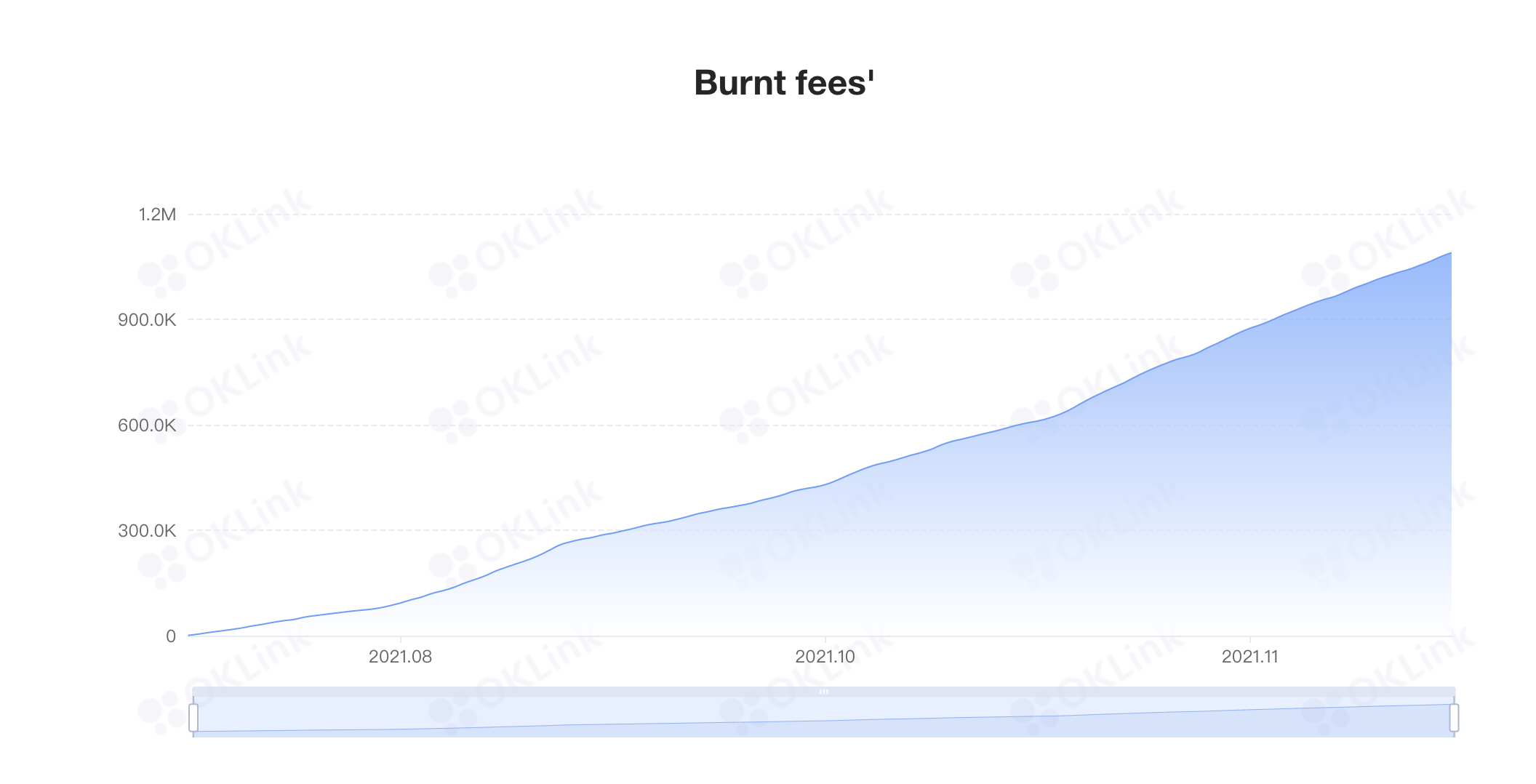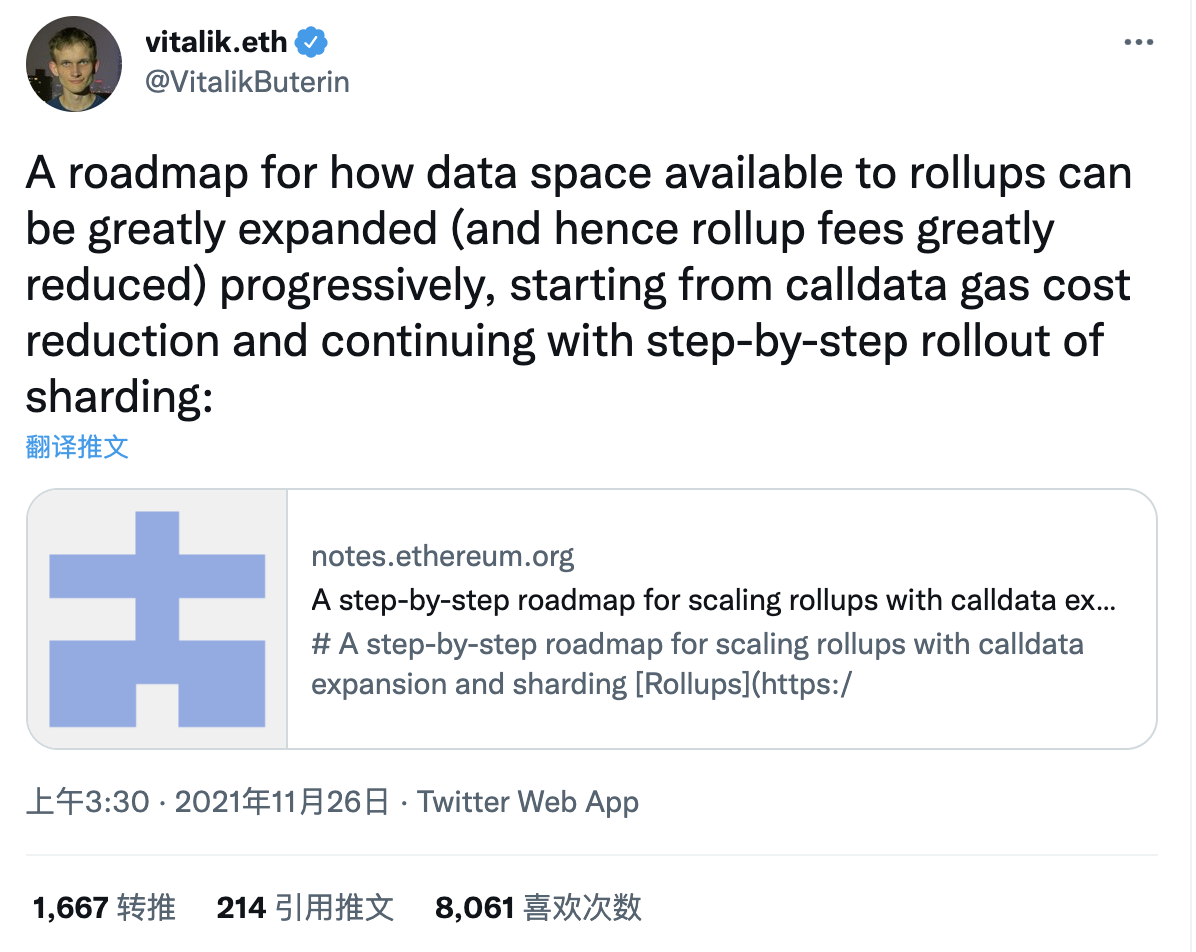The rapid rise of DEXes like Uniswap has sent turnovers soaring. As the DeFi TVL reaches nearly $100 billion, project teams and speculators have flocked to this DeFi feat. The trading spree has led to cutthroat competition for the block space on Ethereum, making the network extremely congested. As such, there has been a sharp gas increase for each transaction. For the Ethereum network, network congestion and expensive gas fees are the two major problems that demand urgent solutions.
What is the Gas?
Gas, short for gasoline, refers to the unit that measures the amount of computational effort required to execute specific operations on the Ethereum network. When users send tokens, execute contracts, or perform other operations on Ethereum, computations are required. This process consumes network resources, which means that you have to pay a certain gas fee so that computers could engage in computations and miners would pack your transactions.
How Gas fee is calculated
When it comes to the calculation of gas fees, we should first talk about two terms: Gas Limit and Gas Price. The former refers to the maximum amount of gas users want to consume on a transaction (at least 21,000), while the latter means the amount of money users are willing to pay for each unit of gas.
The smallest ETH unit is Wei (1 ETH=10^18 Wei=10^9 Gwei). According to the current on-chain statistics, the recommended Gas Price stands at 104 Gwei/Gas. In this case, the gas fee for a transaction equals Gas Price (104) * Gas Limit (21000)/10^9=0.002184 ETH. Based on the ETH price ($4,523) as of December 2, this transaction fee costs about $10.
The role of Gas
Gas fees help keep the Ethereum network secure. By requiring a fee for every computation executed on the network, Ethereum prevents bad actors from spamming the network and avoids accidental or hostile infinite loops or other computational wastage in code.
Since the beginning of 2021, the average transaction fee on Ethereum has soared, reaching a historical high on May 11 when the average transaction fee hit $68.72. Confronted with such expensive transaction fees, Ethereum’s founder Vitalik Buterin urged the community to come up with a solution. Subsequently, EIP-1559, a proposal included in the London upgrade, adjusted the pricing mechanism for transactions on the Ethereum network on August 5. With regard to the gas fee, the upgraded Ethereum adjusts the base fee of each block according to the level of network congestion. Users must pay the base fee to include their transactions in a block. Moreover, the base fee will not be distributed to miners. Instead, it will be burnt.


Fees Burnt on Ethereum as of December 1
However, the average transaction fee has not stopped growing after the London upgrade. This means that EIP-1559 failed to address the root cause of the high gas fees — scalability. At the moment, Ethereum’s maximum throughput stands at 25 transactions per second, and the block time is about 12 seconds. As such, the network can only process up to 300 transactions per block. As the use of Dapp increases, the competition for block space will only become more cutthroat. That justifies the constant rise in the gas fee.
This is why Vitalik Buterin and Ansgar Dietrichs (an R&D engineer at ConsenSys) submitted a proposal called EIP-4488 to Github. This is an attempt to lower the transaction fee of Layer 2 by reducing the gas cost incurred by transaction calldata and increasing the cap on the total transaction calldata. Ideally, EIP-4488 could even reduce the cost of Rollup by 5 times.

Although EIP-4488 is only a draft under discussion, we can tell that the Ethereum community led by Vitalik Buterin is actively exploring ways to lower the expensive gas fees. If everything goes well, EIP-4488 could be launched before March 2022 at the earliest, which may shed new light on the long-standing Ethereum dilemma of high gas fees.